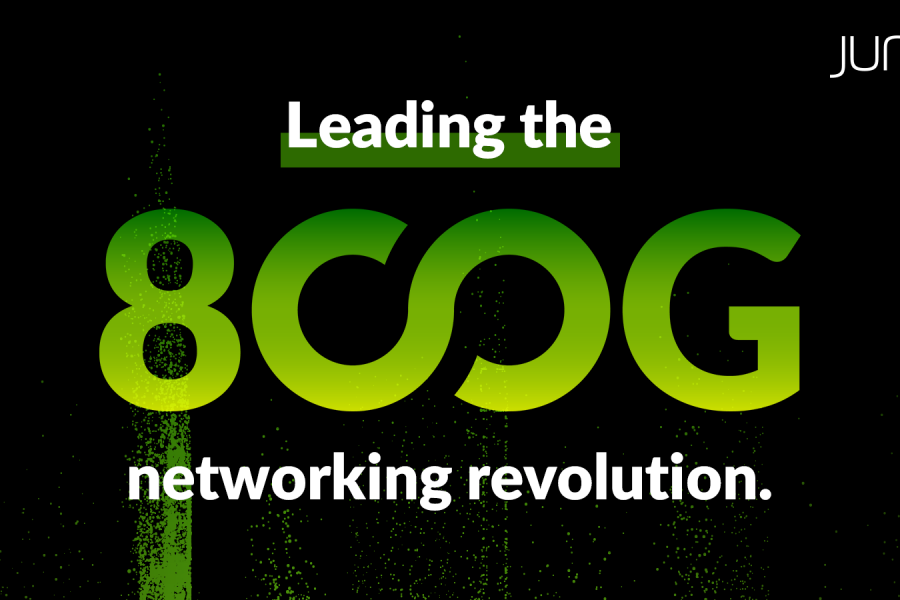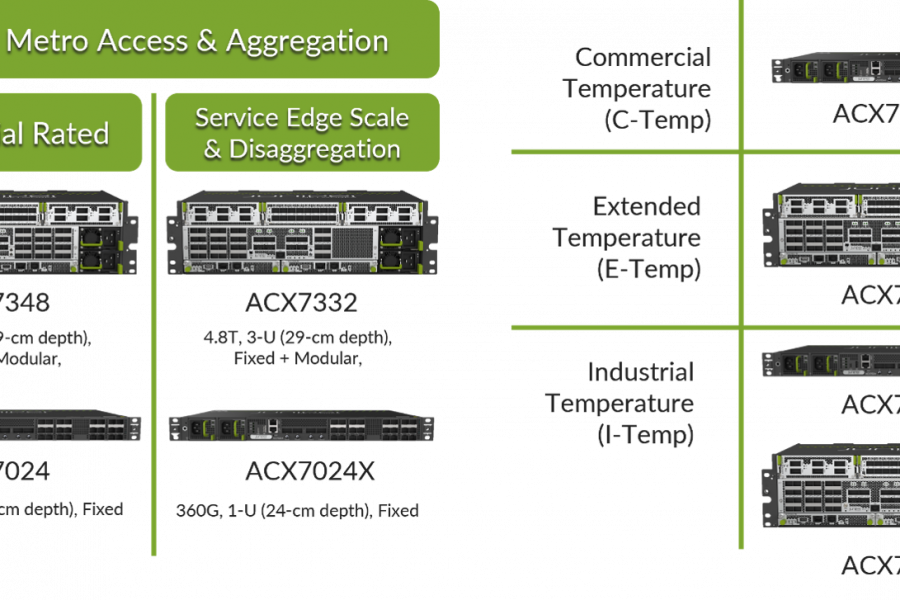With digital experiences continuing to become part of daily life, the quality and reliability of IP communications services has never been more important. At the same time, these services have never been more difficult to guarantee. As the boundaries between home and office have blurred, we now live in a world where users can work from anywhere and require a network that delivers reliable quality everywhere. This is creating a challenge for communication services providers (CSPs), as network patterns now change more than ever before and become harder to predict.
Today, this conundrum is among the industry’s biggest challenges – but it also presents a huge opportunity. If quality is hard to deliver ubiquitously, then it becomes a key differentiator for those that can reliably and cost-effectively deliver it at scale.
Of course, ensuring quality and resiliency is no small task. This is especially the case as transport networks evolve to support 5G, as metro networks get cloudified and as enterprises increasingly adopt overlay SD-WAN solutions. Fortunately, technologies to tame this complexity already exist. And most CSPs or large enterprise organizations are probably already investing in them. We’re talking, of course, about network automation and active assurance.
Automation has come a long way in recent years and it’s now possible to automate a significant proportion of the wide-area network (WAN). Yet, much of the industry chatter around automation still uses future-focused terms. In a recent Analysys Mason survey, most operators said they plan to automate their network by 2026, while just 22% have already done it.
It all adds up to a major opportunity for CSPs who aren’t afraid to accelerate the transformation of their networks. By accelerating automation initiatives—and taking advantage of modern solutions like Juniper Paragon Automation—they can realize immediate improvements in the quality, consistency and reliability of their network. They can build a Self-Driving Network™ that prioritizes the customer experience first and foremost. And they can use those gains to build a durable edge on the competition.
Winning by Delivering Quality at Scale
To win the fiercely competitive battle for tomorrow’s digital services, CSPs need to do four basic things:
- Improve network resiliency, so they can deliver current and future services more reliably, under more stringent service-level agreements (SLAs)
- Measure real customer experiences, so they can become more customer-centric when optimizing the network and focus on the improvements that really matter
- Become more proactive in detecting and remediating issues before they affect customers, instead of reacting to problems after the fact
- Remediate performance problems automatically by enabling the network to reconfigure itself to protect SLAs, optimize traffic patterns and minimize costs
These initiatives will become even more critical in the coming years, as operators introduce 5G, network slicing, edge computing and cloud-native infrastructure. All of these innovations promise opportunities to differentiate, yet they make the environment exponentially more complex to manage. There is just no way to understand what’s happening in multi-vendor, multi-domain networks, much less improve them, if CSPs are relying on legacy management and assurance technologies.
Modern automation solutions can help. Here’s how.
Four Automation Solutions That All CSPs Should Deploy Now
CSPs can deploy these four capabilities right now to improve the quality and resiliency of their IP/optical transport network and start leading their market:
- Automated traffic engineering: Path computation—specifically, ensuring path diversity between sites—remains a heavily manual effort in most CSP organizations. This kind of topology optimization problem is perfectly suited to the path computation engines at the heart of modern automation tools. By ensuring that paired diverse services between sites use disjoint paths, automated traffic engineering can ensure that services maintain their SLA diversity even if a path or node fails. In addition, automated traffic placement moves traffic to reduce congestion, prevent packet loss, minimize latency and maximize the business utility of even both fully functioning and impaired networks. (Learn more about the benefits of path diversity in this blog and find out more about automated congestion avoidance here.)
- Distributed Kubernetes-based SDN controllers: Even when CSPs have automated parts of their operations, the automation itself is not always reliable. CSPs can improve the resiliency of their network with one simple step: using geo-redundant clusters of software-defined network (SDN) controllers. By building high availability and geographic redundancy into the SDN architecture, CSPs can ensure that their network’s decision-making nerve center always stays online, even if a primary controller fails.
- Closed-loop automation: Before a problem can be fixed, it has to be identified. Modern telemetry engines can capture vast amounts of data from across the distributed infrastructure to quickly detect anomalies and failures. Today, many CSPs use these tools to surface problems that human administrators then fix. Forward-looking operators are already feeding these insights directly into controllers and seeking to determine safe automated actions to remediate problems and close the loop. These efforts put the environment on a path toward a true self-healing network that consistently maintains great customer experiences, without requiring human intervention.
- Cloud-native network automation platforms: To the extent that CSPs automate today, most use aging, homegrown legacy solutions. Modern microservices based architecture decouple applications from each other, allowing them to scale independently while benefiting from each other capabilities thought API calls. By shifting to a modern cloud-native architecture, CSPs gain more flexibility to automate current network operations, while building a foundation for tomorrow’s applications.
Juniper Can Help
Today, Juniper Networks is working with leading CSPs around the world to reimagine their operations with the Paragon Automation portfolio. This suite of cloud-native software applications automates network infrastructure planning, monitoring, provisioning and optimization. And it’s helping forward-looking operators ensure a level of quality and resiliency that competitors relying on legacy approaches simply can’t match.
LightReading recently recognized Juniper with the “Outstanding Use Case for Service Provider AI/Automation” award in its 2021 Leading Lights Awards. Even more important, the CSPs now using Paragon Automation solutions are already achieving concrete results.

For example, Orange Polska (OPL), Poland’s leading telecommunications provider, has been an early pioneer in automating fixed and mobile networks as they prepare for 5G. OPL used Paragon Pathfinder (formerly Northstar) and Paragon Insights (formerly Healthbot) to bring true closed-loop automation to their live network.
In the two years since implementing these solutions, OPL has experienced a sharp reduction in critical issues—going from one to two network outages per year to zero. They’ve also seen a marked improvement in net promoter scores (NPS) and customer satisfaction. And they’re just one of the operators using automation to achieve results like these in their business.
Learn More
Want to know more about how Juniper Paragon Automation solutions can help you deliver higher-quality services and leapfrog the competition? Check out the webinar Efficient Path and Slice Management with Automation or join our next bootcamp on Automated Activation and Testing.


